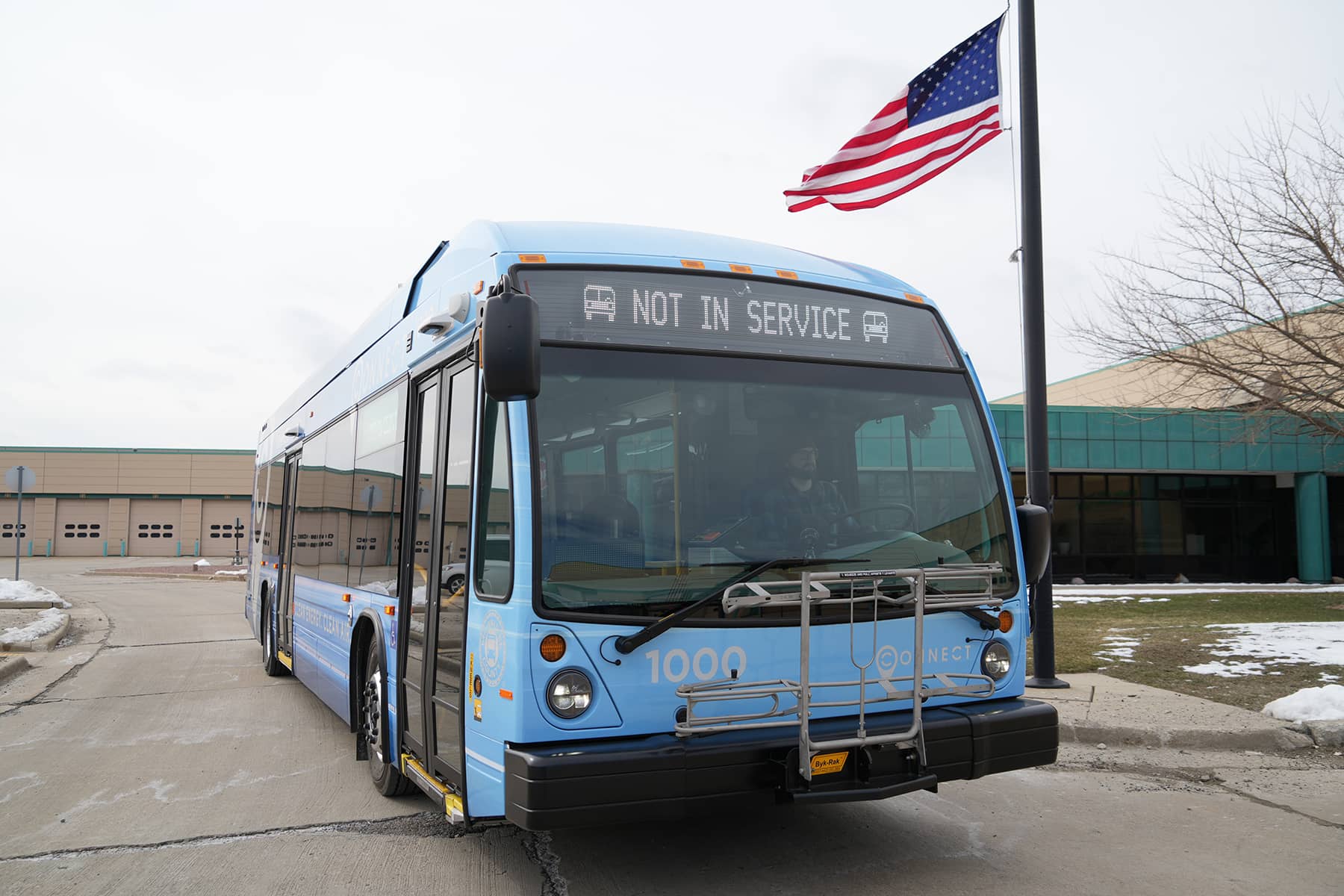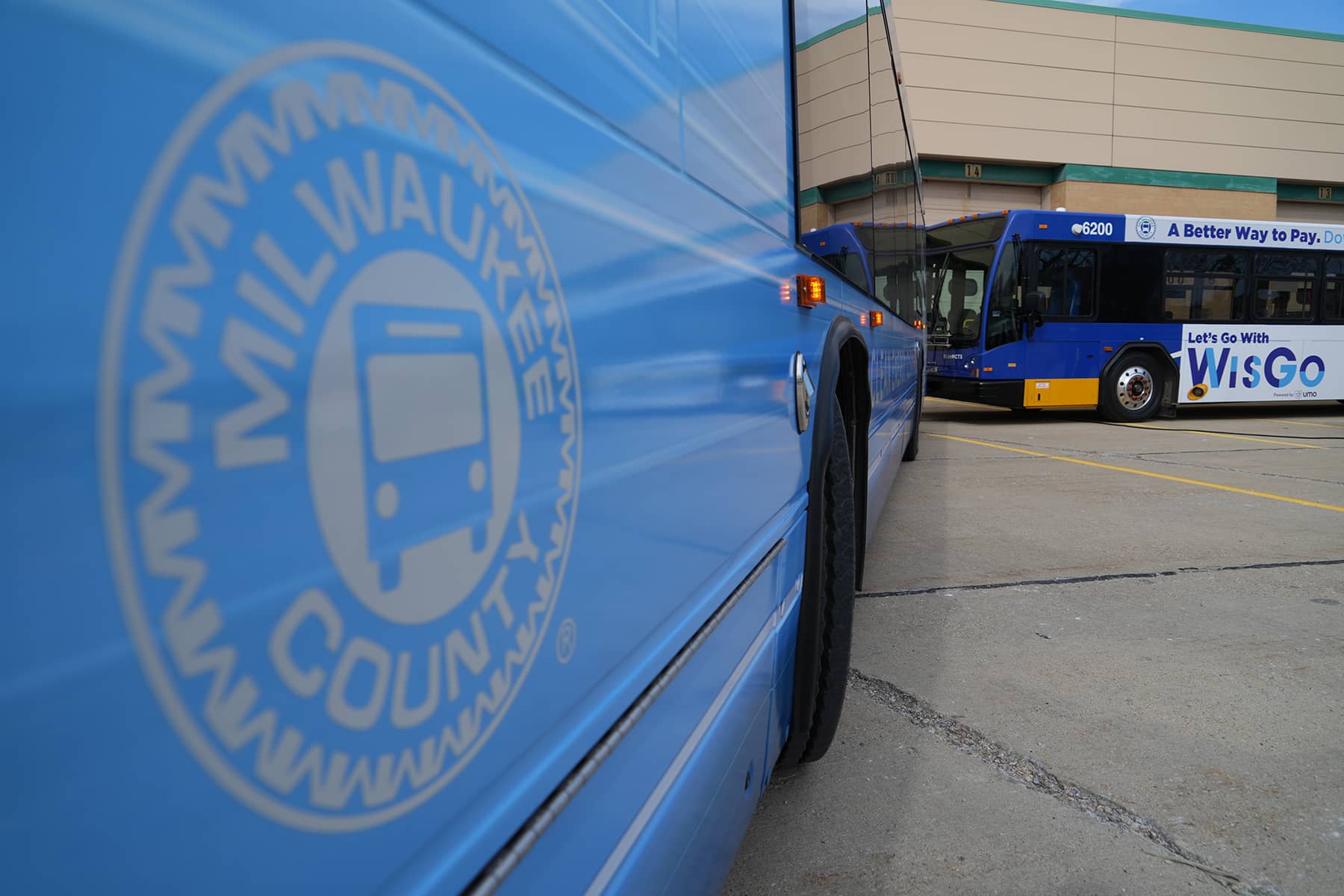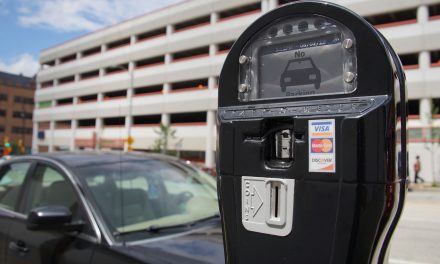
The independent research group, Wisconsin Policy Forum (WPF), released sobering findings on March 30 concerning Milwaukee County’s fiscal cliff and the massive impact it will have on a key quality of life service relied on by thousands of residents: the Milwaukee County Transit System (MCTS). The WPF report found that MCTS could face a gap as large as $25.6 million in 2025, and more than $40 million by 2028, without prompt action.
MCTS provides a critical source of mobility for the most vulnerable county residents and is a vital cog in the regional economy. Whether harmful impacts to those services can be averted will depend on what is done by state and local policymakers, according to a new Wisconsin Policy Forum report.
“For almost two decades, the system has been hamstrung by structural budget challenges that have resulted in some painful service cuts and precluded expansion to suburban job centers,” the report found. “While the system now appears on the brink of yet another fiscal crisis, the possibility of state- enabled solutions has never been more real.”
> Read: Detour Ahead: The Milwaukee County Transit System’s Fiscal Cliff and Options to Avert It.
The report, commissioned by the Milwaukee County Department of Transportation, employs a forecasting model that projects MCTS operating expenditures and revenues from 2024 through 2028. It also examines three potential scenarios for how policymakers might respond to the system’s fiscal challenges.
“Policy Forum’s report once again rings the warning bell on Milwaukee County’s fiscal future and the impact it stands to have on residents and communities in every zip code. For the last three years, I’ve worked with the Move Forward MKE coalition to advocate for additional tools to raise local revenues, so we can fix local problems and fund local priorities. We’ve traveled the state speaking with business owners, local elected officials, and others about the need for local revenue reform for one of Wisconsin’s most important economic engines.” said County Executive David Crowley. “The report, coupled with the recent five-year fiscal forecast released by the Comptroller’s office earlier this month, makes it clear that Milwaukee County’s push for additional revenue tools is not a luxury desire, but an absolute necessity for the residents who call our region home.”
It found a potential long-term fix for the crisis is within reach and currently under discussion from state legislators from both parties: a referendum on a 1% countywide sales tax increase. Under this scenario, depending on how county leaders would choose to use the sales tax revenues, it’s possible MCTS’s financial challenges could diminish significantly. If a state-enabled solution is not enacted, avoidance of major service cuts would likely necessitate recurring vehicle registration fee (VRF) increases, sizable property tax levy increases, or both – while still failing to assure lasting stability.
Crisis more than 15 years in the making
As far back as 2008, the Forum warned that MCTS faced a fiscal crisis that, if unaddressed, would soon require substantial service cuts. While that day of reckoning was delayed, due largely to several unexpected infusions of federal funds as well as the imposition of a $30 VRF in 2017, deep structural problems that most recently were masked by federal pandemic relief funds now are re-emerging.
“In order to be a world-class community that recruits top-tier talent and businesses, we need a world-class transit system. Allowing MCTS to wither away due to a structural gap would be nearsighted mistake with cascading, cross-sectoral ramifications for all of us—setting back the regional economy, exacerbating labor shortages, and worsening education and health outcomes,” said Denise Wandke, Milwaukee County Transit System President and Managing Director. “MCTS is preparing a public education and advocacy campaign in the coming days and weeks to sound the alarm on the fiscal future of Milwaukee County. The campaign will include paid advertisements in local media outlets, both print and digitally, encouraging residents to support MCTS by calling their state representatives and urging them to give Milwaukee County the tools it needs to save local services.”
MCTS’s $160.4 million fixed route operating budget and its paratransit services are funded by four main revenue sources: federal aids; state operating assistance; revenue from riders (“farebox revenue”); and county revenue (via its property tax levy and VRF revenues).
The system’s looming fiscal challenges stem mostly from the loss of federal pandemic relief aid beginning after 2024, and declining farebox revenues caused by falling bus ridership that preceded the pandemic but accelerated during it. Transit system officials expect ridership to continue to recover modestly but to remain well below pre-pandemic levels for at least the next few years.
‘Fiscal cliff’ likely to trigger service reductions
To quantify the upcoming fiscal “cliff,” we created a forecasting model with “Baseline” and “Optimistic” models based on different revenue assumptions.
Barring an influx of new state or federal revenues, a sizable operating budget gap emerges in both models in 2025: about $25.7 million in the baseline model and $17.9 million in the optimistic model. The gap grows to $40.5 million under the baseline model and $28.4 million in the optimistic model by 2028. A sizable gap also would emerge for capital needs such as bus replacements.
Milwaukee County’s other fierce financial challenges likely preclude a sizable increase in its levy allocation to transit, and the societal factors that already are depressing transit ridership could make fare increases counterproductive.
As such, the transit funding gap likely would have to be filled by increasing the VRF, reducing services, or a combination of the two. The most obvious would involve the elimination of several bus routes, leaving MCTS with the ability only to provide service on its most productive routes.
“High-quality public transit is essential to ensuring equitable access to opportunity and our region’s economic growth. Major cuts to service as outlined in this report would put both in great jeopardy,” said Marcelia Nicholson, Chairwoman of the Milwaukee County Board of Supervisors. “I share the Wisconsin Policy Forum’s optimism that there is real hope for a lasting solution to this problem. I continue to have productive conversations with policymakers in Madison about how we can come together to achieve a sustainable funding model for local governments in Wisconsin. Leaders across government, nonprofits, and the business community are unified in our efforts to ensure Milwaukee can preserve the quality-of-life services that make us a world-class region.
State solution could bring long-term stability
Milwaukee County’s $30 VRF became an important revenue source for transit when it was adopted in 2017, and has not been increased since. Even if the fee was doubled to $60, however, it only would “triage” the structural problem for a few years and would soon need to be increased substantially again to continue to avert major service cuts.
A potential 1% countywide sales tax increase – which is being considered as part of state budget deliberations – could produce longer-lasting benefits depending on its use. The new tax would produce roughly $190 million in annual revenues at the outset that would be divided equally between the county and city of Milwaukee.
Under a hypothetical scenario in which county leaders allocated 10% of their share of the new tax (i.e. $9.5 million initially) annually to MCTS, and combined that move with successive $10 increases in the VRF in 2025, 2026, and 2027 and modest increases in MCTS’s property tax levy allocation, MCTS’s fiscal challenges could be largely addressed without severe service reductions. We project that MCTS would face a relatively manageable $5 million deficit in 2025, and the deficit would be erased by 2027 when the final $10 fee increase takes effect.
“Our aim here is not to portray this approach as a panacea, nor to disregard the impact of the modest service reductions that still may be required,” concluded the report. “By presenting this approach, however, we are able to show that a long-term solution to the current fiscal crisis is within the grasp of state and local policymakers.”
A solution that would generate significant region wide benefits would be to allow Milwaukee to retain a portion of our economic activity via an at least one percent sales tax that can be used to address local community needs.
Since 2019, a coalition of Milwaukee County leaders known as Move Forward MKE have advocated for a solution to Milwaukee County’s dire fiscal forecast that would generate significant region wide benefits. Allowing Milwaukee to retain a portion of our economic activity via an at least one percent sales tax would sustainably generate millions of dollars that could be used to address local community needs.
“The Move Forward MKE coalition isn’t asking the state for a blank check. We’re asking for a tool to generate local dollars to sustainably fund the core functions of government and continue being an asset to the rest of Wisconsin,” added Crowley.
© Photo
Lee Matz













